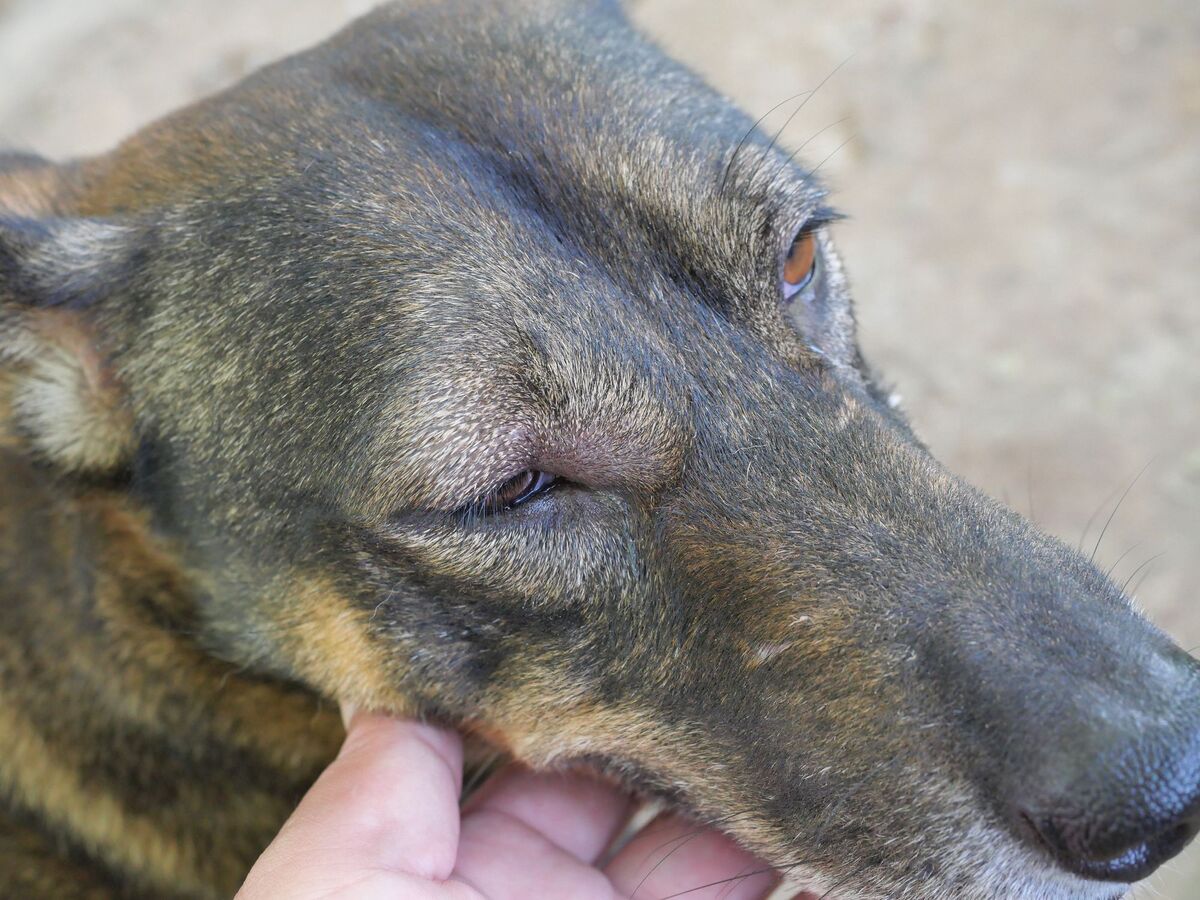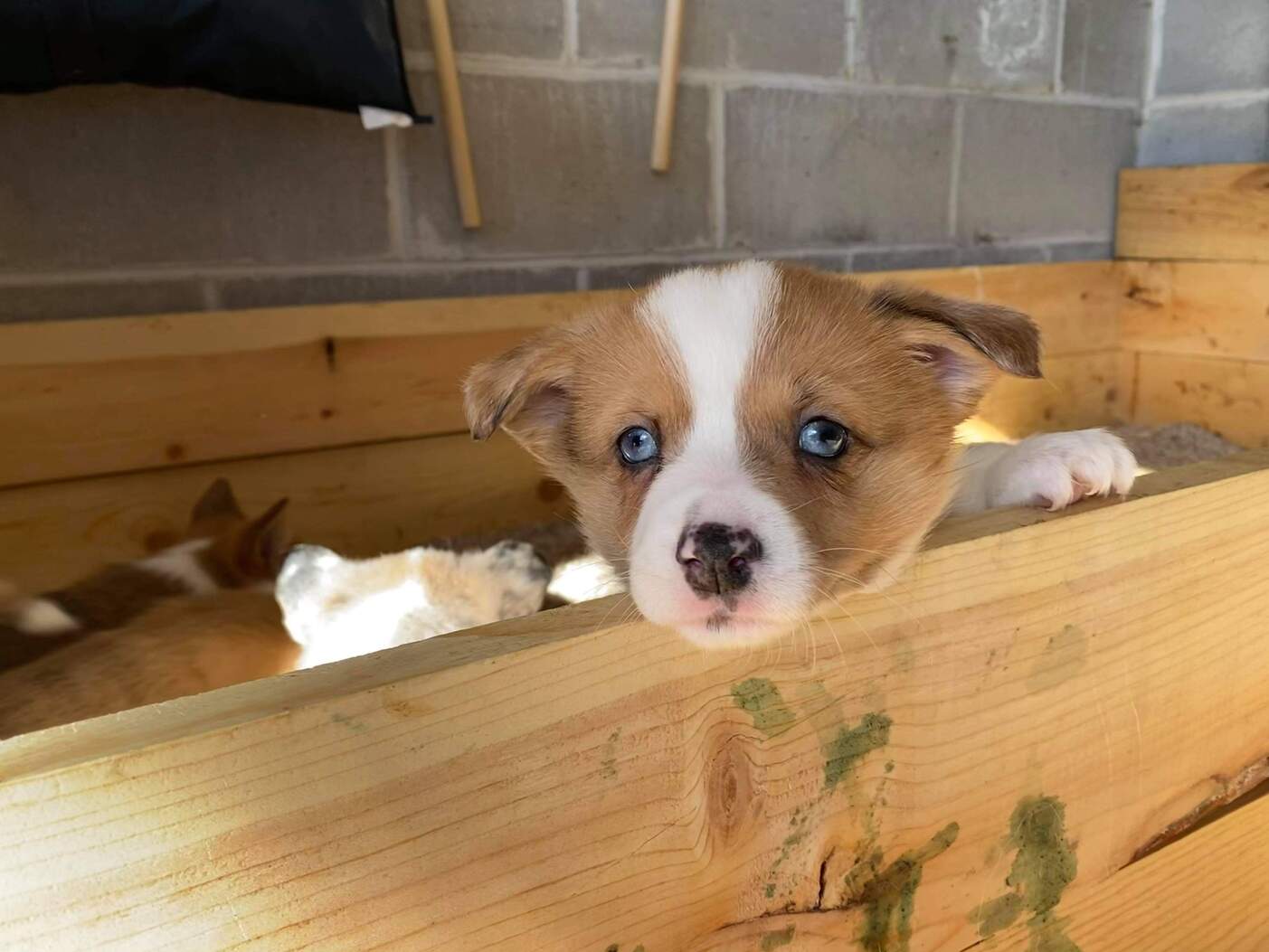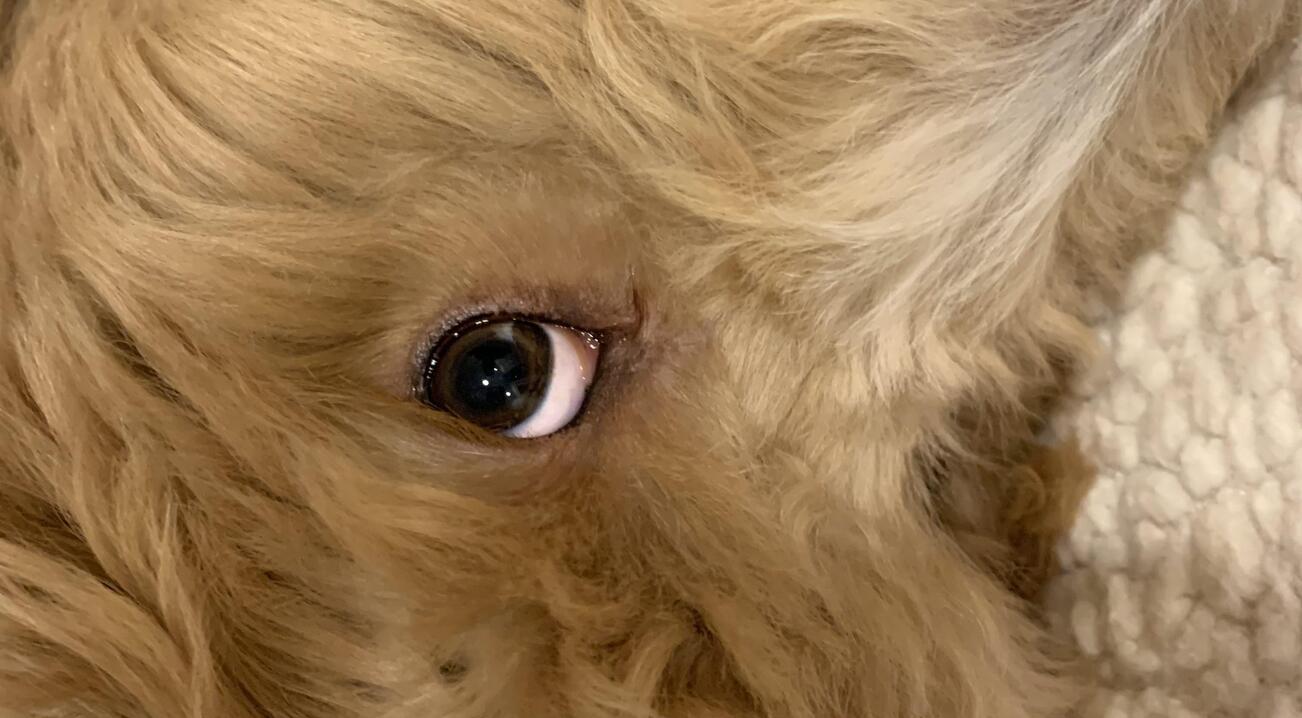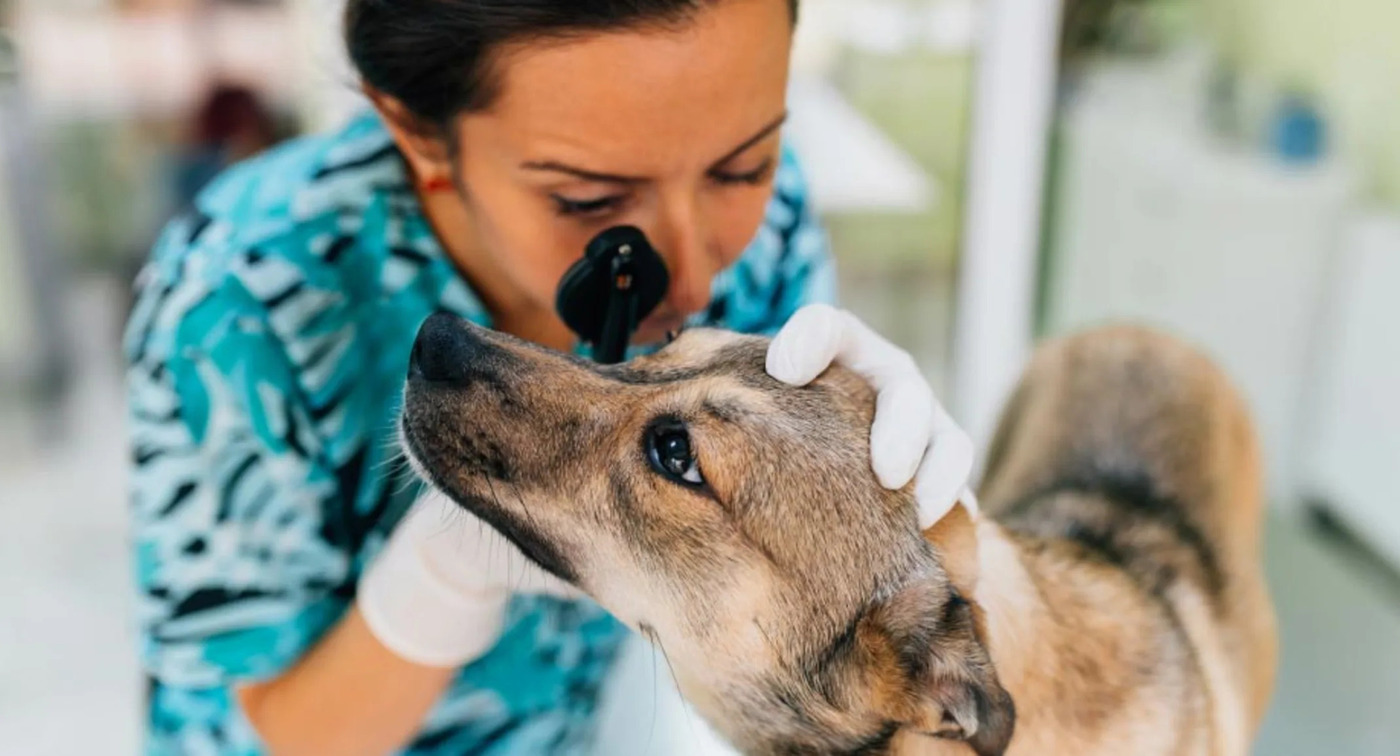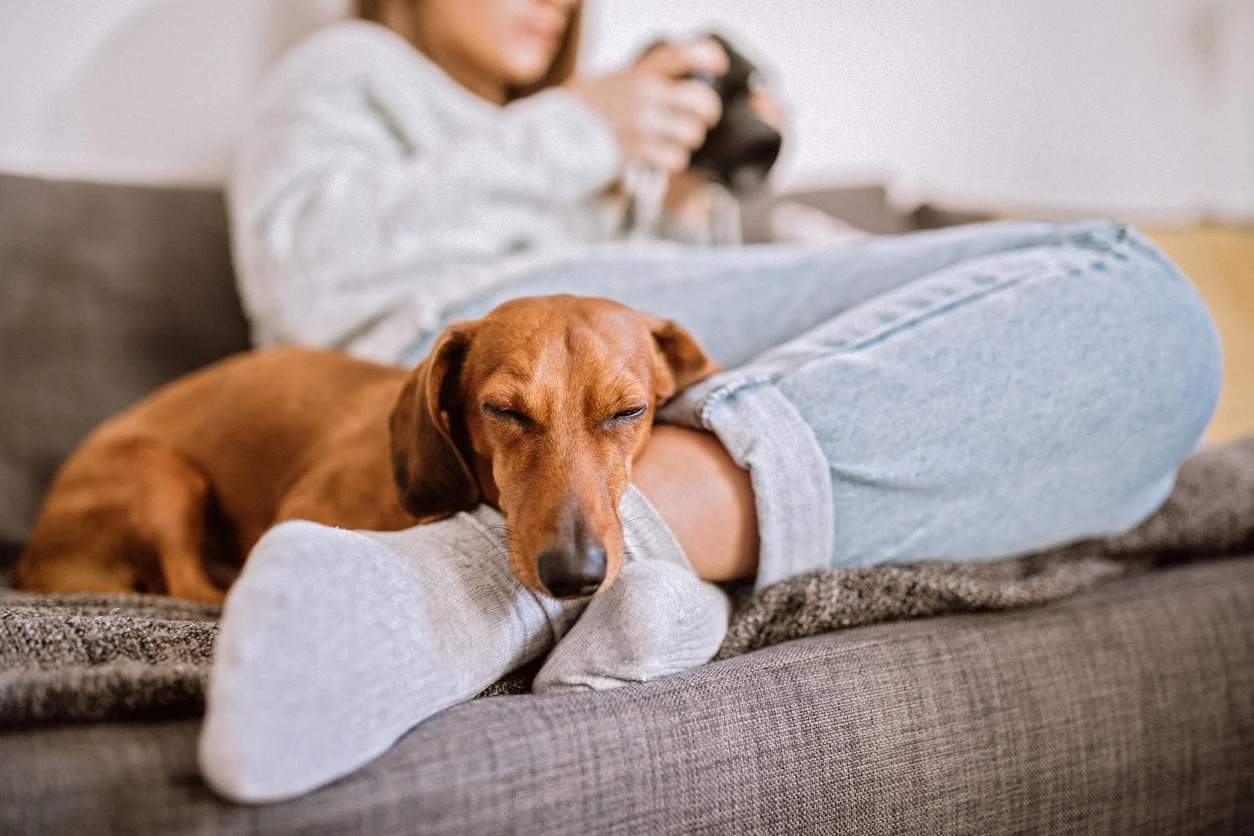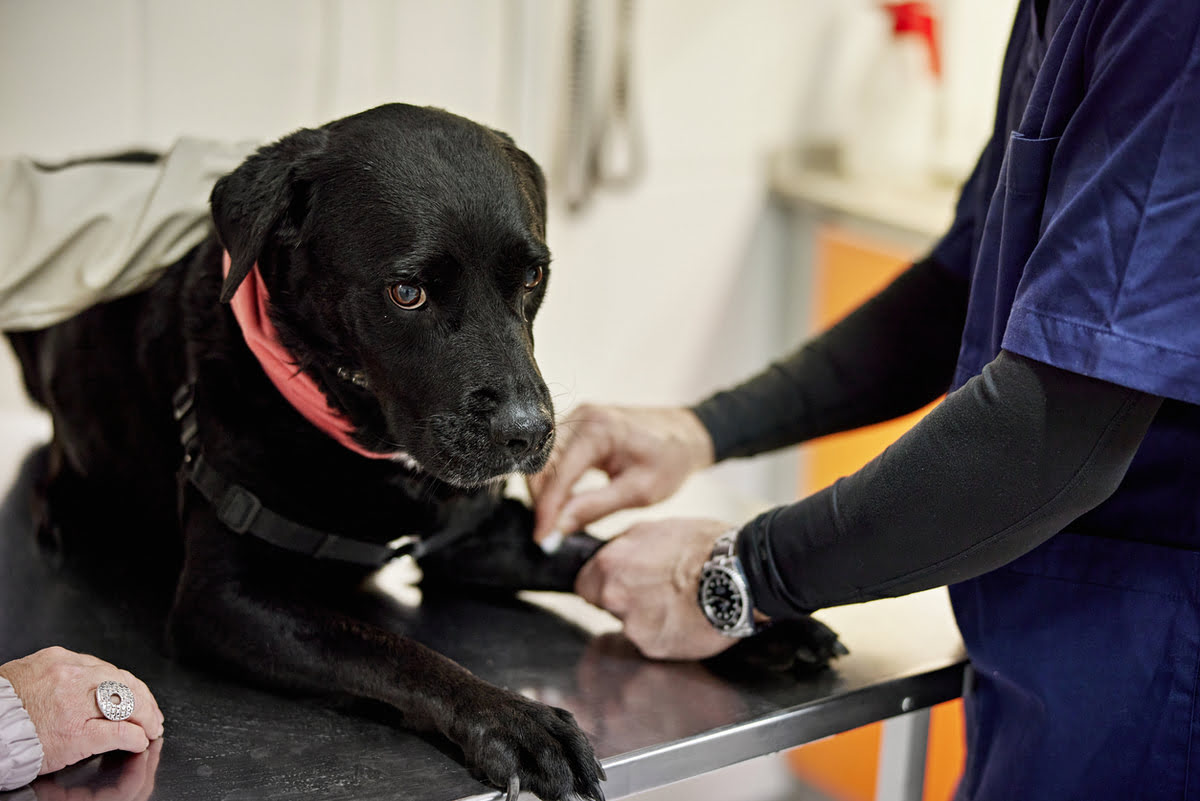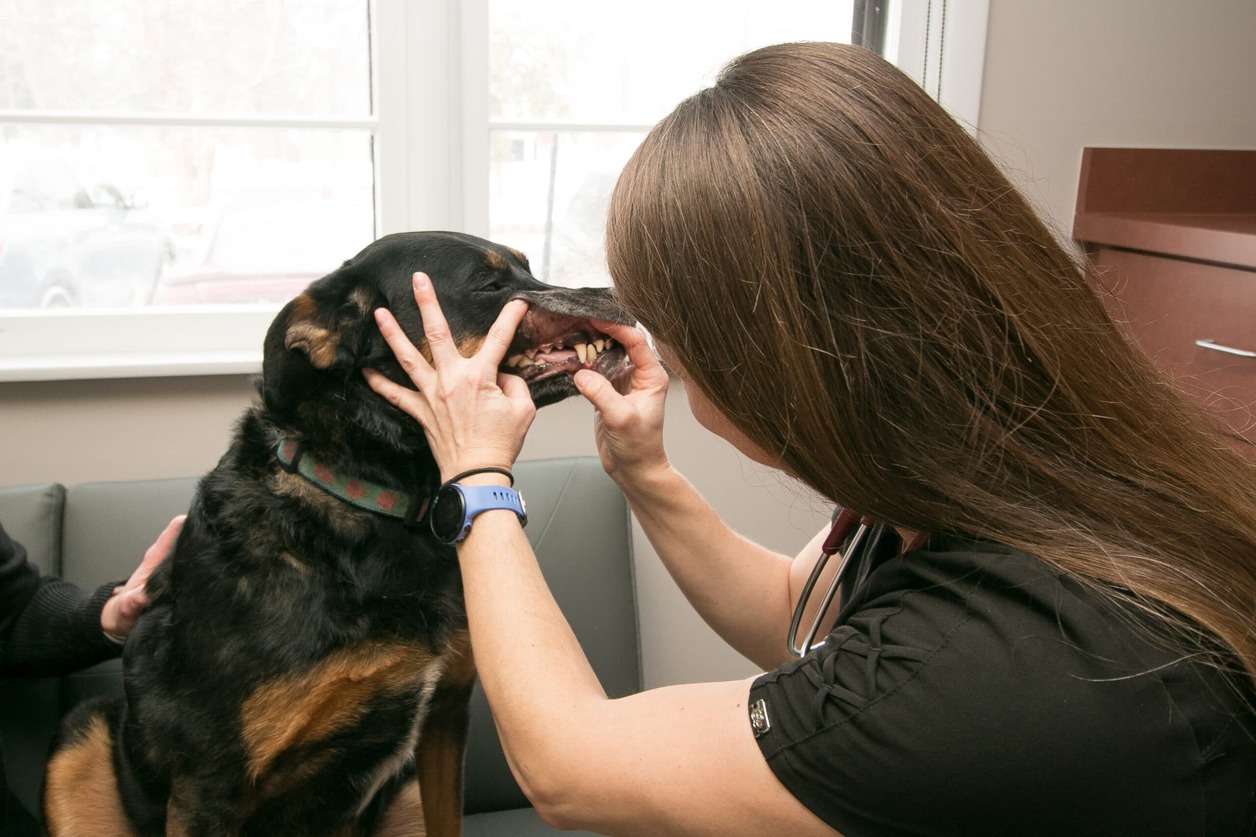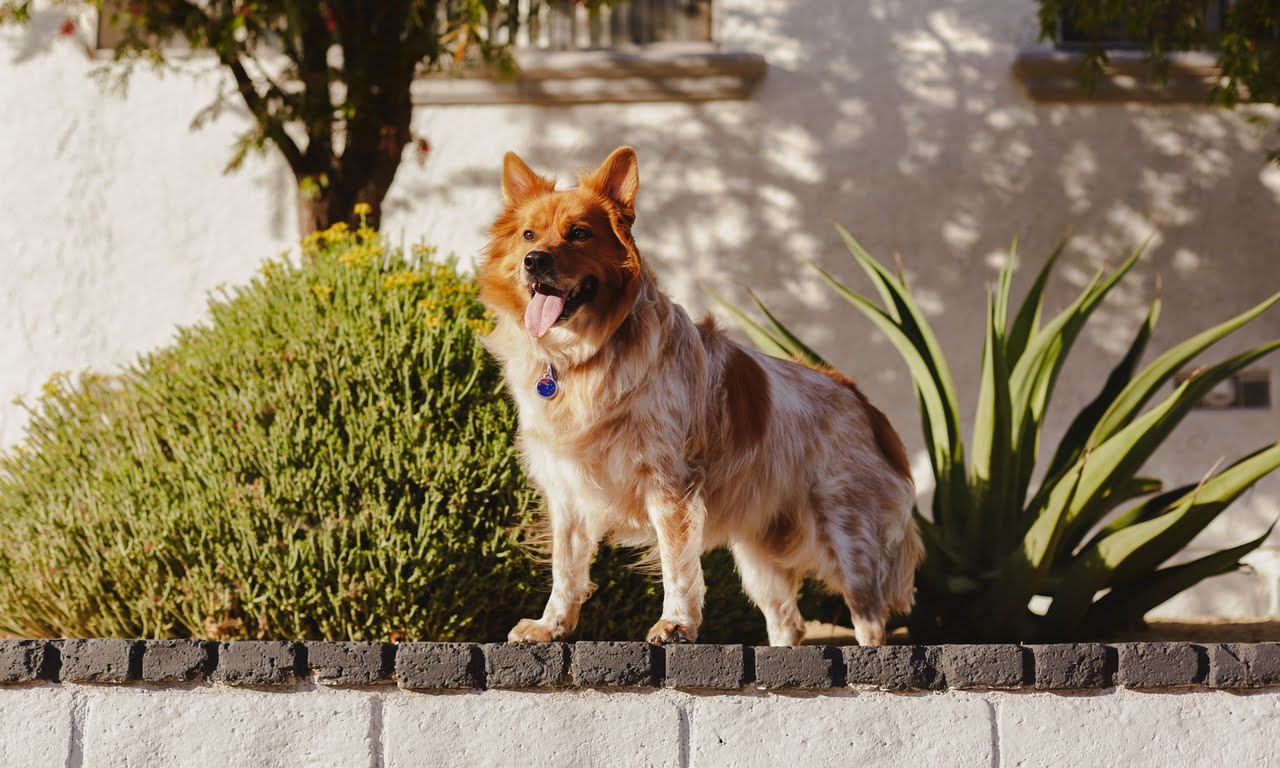Home>Health & Wellness>Common Health Issues>Why Does My Dog Have Fleas After Treatment?
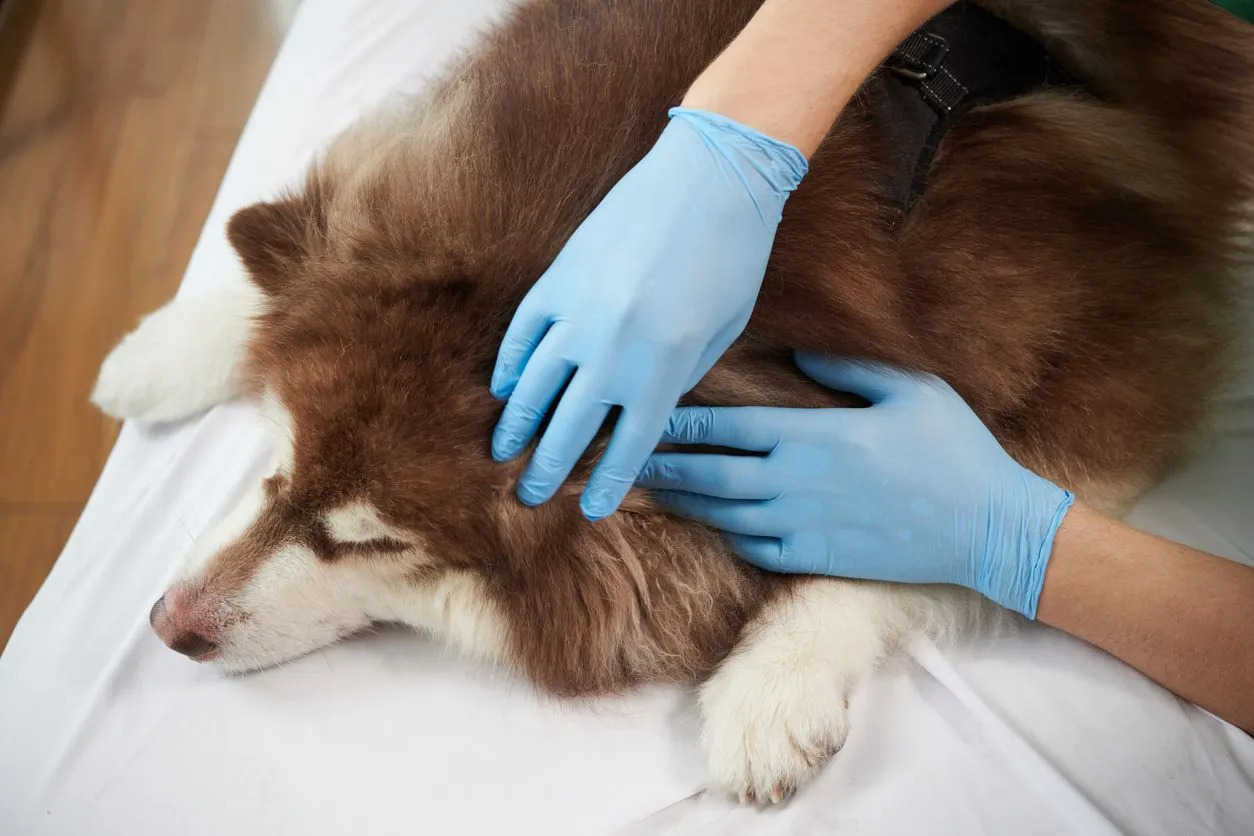

Common Health Issues
Why Does My Dog Have Fleas After Treatment?
Published: February 14, 2024
Discover common health issues that may cause your dog to have fleas after treatment. Learn how to address this problem effectively.
(Many of the links in this article redirect to a specific reviewed product. Your purchase of these products through affiliate links helps to generate commission for Pawsomeoldies.com, at no extra cost. Learn more)
Table of Contents
Introduction
Dealing with a pet suffering from fleas can be a frustrating and concerning experience for any pet owner. Despite diligently following flea treatment protocols, it can be disheartening to discover that your dog still has fleas. This common issue often leaves pet owners perplexed and seeking answers. Understanding why your dog still has fleas after treatment is crucial in addressing the problem effectively.
Fleas are persistent pests that can infest your dog and home, causing discomfort and potential health issues for your furry friend. While there are numerous flea treatment products and methods available, the effectiveness of these treatments can vary based on several factors. It's essential to delve into the reasons behind this persistent issue and explore viable solutions to ensure your dog's well-being and your peace of mind.
In the following sections, we will delve into the intricacies of flea treatment, explore the potential reasons for fleas persisting after treatment, and provide actionable solutions to tackle this common concern. By gaining a comprehensive understanding of this issue, you will be better equipped to address it effectively and provide your beloved pet with the relief they deserve.
Understanding Flea Treatment
Flea treatment is a crucial aspect of pet care, especially for dog owners. It involves the use of various products and methods to eliminate fleas and prevent reinfestation. Understanding the fundamentals of flea treatment is essential for effectively managing and eradicating these persistent pests.
Types of Flea Treatment
Flea treatments encompass a wide array of products, including topical spot-on treatments, oral medications, flea collars, shampoos, sprays, and powders. Each type of treatment has its unique application method and duration of effectiveness. Topical spot-on treatments are applied directly to the dog's skin, while oral medications are ingested to target fleas internally. Flea collars emit chemicals that repel and kill fleas, and shampoos, sprays, and powders are used for bathing and treating the dog's coat.
Mode of Action
Flea treatments work through various mechanisms to combat fleas. They may contain insecticides that kill adult fleas on contact or inhibit their growth and reproduction. Some treatments target flea eggs and larvae to disrupt the flea life cycle, preventing the development of new fleas. Additionally, certain products have residual effects, providing prolonged protection against reinfestation.
Importance of Consistency
Consistency is key when it comes to flea treatment. Following the recommended application frequency and dosage is crucial for maintaining the treatment's effectiveness. Skipping doses or extending the intervals between treatments can compromise the efficacy of the products, allowing fleas to persist and multiply.
Read more: Why Does My Dog Nibble Me As If I Have Fleas
Environmental Considerations
In addition to treating the dog, addressing the flea infestation in the surrounding environment is vital. Flea eggs, larvae, and pupae can lurk in carpets, upholstery, and outdoor areas, posing a continuous threat of reinfestation. Therefore, incorporating environmental control measures, such as vacuuming, washing pet bedding, and using premise sprays, is essential for comprehensive flea management.
Veterinary Guidance
Seeking guidance from a veterinarian is highly recommended when choosing and administering flea treatments. Veterinarians can recommend the most suitable products based on the dog's age, weight, health status, and the severity of the flea infestation. They can also provide valuable insights on integrating flea control into a broader parasite prevention plan.
Understanding the intricacies of flea treatment empowers pet owners to make informed decisions and take proactive measures to combat fleas effectively. By familiarizing oneself with the types of treatments, their mode of action, the importance of consistency, environmental considerations, and the significance of veterinary guidance, pet owners can optimize their approach to flea control and ensure the well-being of their canine companions.
Possible Reasons for Fleas After Treatment
-
Incomplete Eradication: Flea treatments may effectively target adult fleas but could be less effective against eggs and larvae. If the treatment primarily focuses on adult fleas, eggs and larvae in the environment may continue to develop and reinfest the dog, leading to the persistence of fleas.
-
Environmental Infestation: Fleas have a remarkable ability to thrive in the environment, especially in areas frequented by the infested dog. Carpets, upholstery, and outdoor spaces can harbor flea eggs and larvae, posing a continuous threat of reinfestation. If the environmental aspect of flea control is overlooked, the dog may encounter newly hatched fleas, undermining the treatment's effectiveness.
-
Resistance to Treatment: Over time, fleas can develop resistance to certain active ingredients in flea treatments. This resistance can diminish the treatment's efficacy, allowing resistant fleas to survive and reproduce despite the application of conventional products. In such cases, alternative treatment options may be necessary to combat resistant flea populations effectively.
-
Inconsistent Application: Irregular or inconsistent application of flea treatments can compromise their effectiveness. Skipping doses, extending treatment intervals, or prematurely discontinuing the treatment regimen can create opportunities for fleas to persist and multiply. Adhering to the recommended application frequency is crucial for maximizing the treatment's efficacy.
-
Cross-Contamination: In multi-pet households, the presence of untreated animals can perpetuate flea infestations. Untreated pets can serve as reservoirs for fleas, leading to cross-contamination and reinfestation of treated animals. Comprehensive flea control measures should encompass all pets in the household to prevent the spread of fleas.
-
New Infestations: Dogs may encounter new sources of flea infestation, such as interactions with infested animals or exposure to flea-prone environments. Even after undergoing treatment, the dog can acquire fleas from external sources, necessitating ongoing vigilance and preventive measures to mitigate the risk of reinfestation.
Understanding the potential reasons for fleas persisting after treatment is pivotal in addressing this common issue effectively. By recognizing the factors contributing to treatment failure, pet owners can implement targeted strategies to combat fleas comprehensively and safeguard their dog's well-being.
Solutions for Fleas After Treatment
Addressing the persistence of fleas after treatment requires a multifaceted approach aimed at eradicating existing fleas, preventing reinfestation, and creating a hostile environment for these resilient pests. Implementing the following solutions can help pet owners effectively manage and overcome the challenge of fleas persisting after treatment:
-
Comprehensive Environmental Control: To disrupt the flea life cycle and prevent reinfestation, thorough environmental control measures are essential. This includes vacuuming carpets, upholstery, and pet bedding regularly to remove flea eggs and larvae. Washing pet bedding in hot water and using premise sprays designed to eliminate fleas in the environment can significantly reduce the risk of reinfestation.
-
Consistent Treatment Regimen: Adhering to a consistent flea treatment regimen is crucial for sustained efficacy. Following the recommended application frequency and duration for the chosen flea treatment product is imperative. Consistency in treatment minimizes the chances of gaps in protection, ensuring that fleas are continuously targeted and eliminated.
-
Integrated Pest Management: Embracing an integrated approach to pest management involves combining various strategies to combat fleas effectively. This may include utilizing multiple flea control products simultaneously, such as combining topical treatments with environmental sprays or oral medications. Integrating different methods can enhance the overall efficacy of flea control efforts.
-
Consultation with a Veterinarian: Seeking guidance from a veterinarian is invaluable in addressing persistent flea issues. Veterinarians can offer tailored recommendations based on the specific needs of the dog and the severity of the infestation. They may suggest alternative flea treatments or supplementary measures to bolster the existing flea control regimen.
-
Regular Monitoring and Prevention: Vigilant monitoring for signs of flea infestation is essential, even after treatment. Regularly inspecting the dog for fleas and monitoring the home environment for any resurgence of fleas enables early intervention. Additionally, integrating preventive measures, such as using flea preventatives year-round and maintaining a clean living environment, can help deter future infestations.
-
Household-wide Flea Control: If multiple pets reside in the household, comprehensive flea control measures should encompass all animals. Treating all pets with suitable flea control products simultaneously prevents cross-contamination and ensures that untreated animals do not serve as sources of reinfestation.
By implementing these solutions, pet owners can effectively combat fleas persisting after treatment and create a flea-free environment for their beloved canine companions. Consistency, thoroughness, and a proactive approach are key in managing this common issue and providing long-term relief from fleas.
Read more: Why Does One Of My Dogs Have More Fleas?
Conclusion
In conclusion, the persistence of fleas after treatment can be a perplexing and frustrating experience for pet owners. However, by gaining a comprehensive understanding of flea treatment, recognizing potential reasons for treatment failure, and implementing targeted solutions, pet owners can effectively address this common issue and provide their dogs with the relief they deserve.
Flea treatment is a multifaceted endeavor that involves not only targeting adult fleas on the dog but also addressing environmental infestations and preventing reinfestation. Understanding the types of flea treatments, their mode of action, and the importance of consistency is pivotal in optimizing flea control efforts. Additionally, incorporating environmental control measures and seeking veterinary guidance can significantly enhance the efficacy of flea treatment regimens.
The potential reasons for fleas persisting after treatment, including incomplete eradication, environmental infestation, resistance to treatment, inconsistent application, cross-contamination, and new infestations, shed light on the complexities of flea control. By recognizing these factors, pet owners can tailor their approach to flea management and implement solutions that target the specific challenges contributing to treatment failure.
Implementing comprehensive environmental control, adhering to a consistent treatment regimen, embracing integrated pest management, consulting with a veterinarian, regular monitoring and prevention, and household-wide flea control are actionable solutions that empower pet owners to combat fleas effectively. By integrating these solutions into their flea control efforts, pet owners can create a hostile environment for fleas, minimize the risk of reinfestation, and provide their dogs with enduring relief from these persistent pests.
In essence, addressing the persistence of fleas after treatment requires a proactive and multifaceted approach that encompasses not only treating the dog but also managing the surrounding environment and preventing future infestations. By leveraging knowledge, consistency, and targeted strategies, pet owners can overcome the challenge of fleas persisting after treatment and ensure the well-being of their beloved canine companions.
